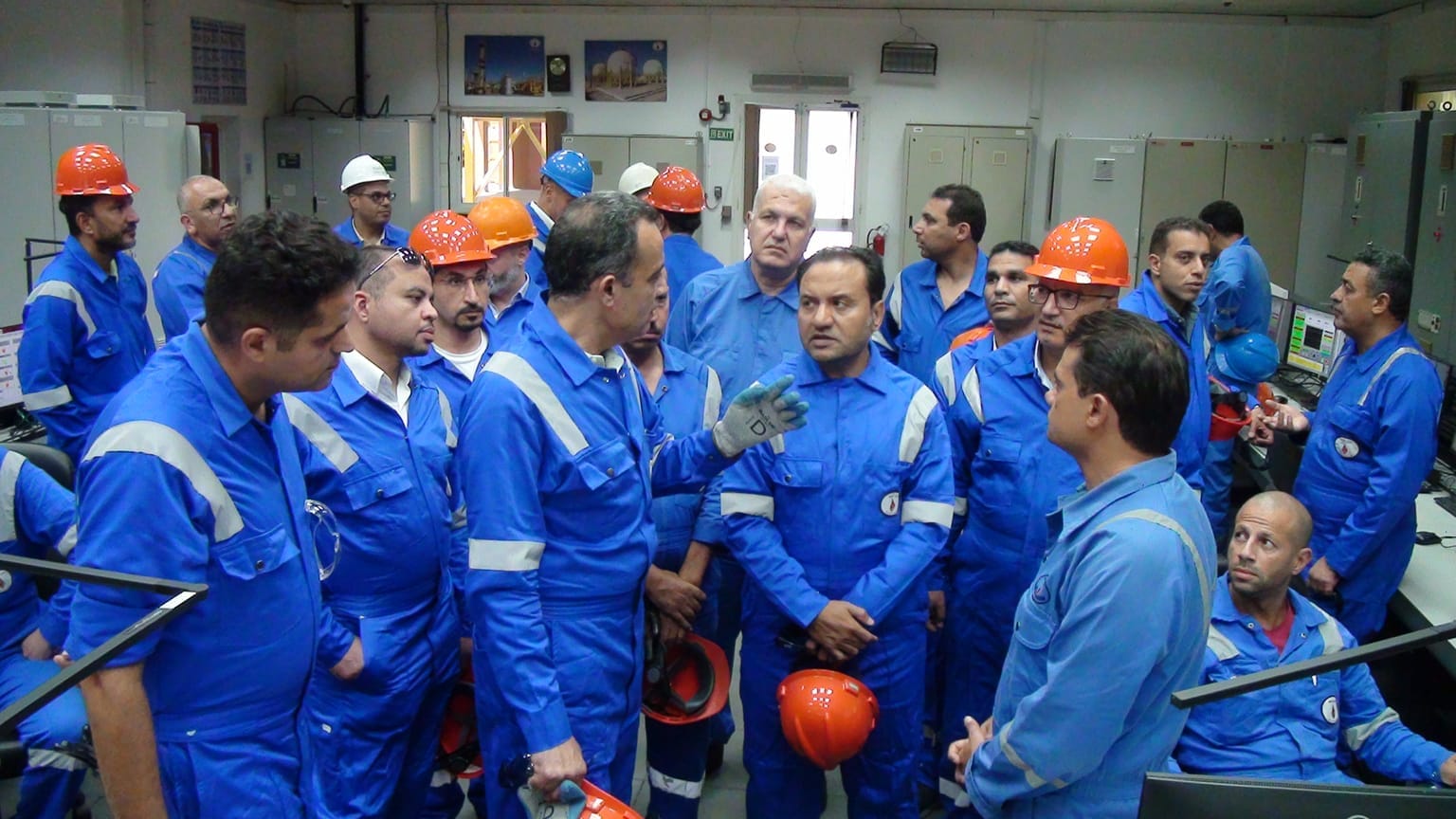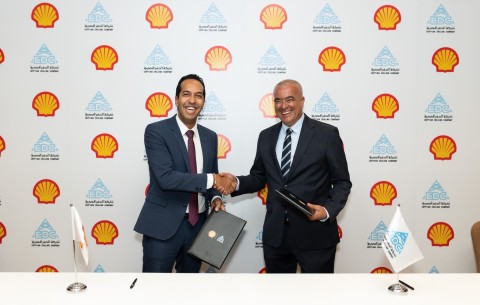Within the framework of the Ministry of Petroleum and Mineral Resources’ (MoPMR) strategy to follow up on natural gas production processes and improve production rates from the fields, the Egyptian Natural Gas Holding Company (EGAS) has conducted an inspection visit to the Abu Qir natural gas fields.
The visiting delegation included Mohamed Roshdy, EGAS Vice Chairman for Production and Fields Development; Ashraf Ramadan, EGAS Assistant Chairman for Occupational Health, Safety and Environmental Protection (HSE); in addition to officials from the drilling, production, and field development departments at EGAS.
During the visit, AbdElmoez Lila, Chairman of Abu Qir Petroleum Company (AQP), reviewed the development projects for the North Amriya and North Idku fields, which were put on production at full capacity in December 2023. Production reached 80 million cubic feet of gas per day (mcf/d) and 1,250 barrels of condensates per day (bbl/d).
The visitors also reviewed the positive results of the NAQ-PII EAST exploration well, which was drilled in the North Abu Qir field to target the Kafr El-Sheikh basal layer No. 1 and the Abu Madi sand layer.
The original reserve of the two layers reached 106 billion cubic feet of gas and 25 million barrels of crude oil, and production is planned to begin in the middle of this month of August, as this comes as one of the steps required to gradually increase gas production to contribute to bridging the gap and reducing import burdens.
Meanwhile, Riccardo Rosati, AQP General Manager and Managing Director, reviewed the development of natural gas production in the region, highlighting that it is a promising region.
Roshdy has confirmed the status and history of AQP in the Egyptian natural gas industry and production, and that this visit comes within the framework of following up on the work, meeting with workers, and boosting current efforts in Abu Qir, North Idku, and North Amriya, with the aim of increasing production.
Meanwhile, Ramadan thanked the company’s employees for their commitment to occupational safety and health controls and standards, taking into account the importance of preserving and protecting the environment.












